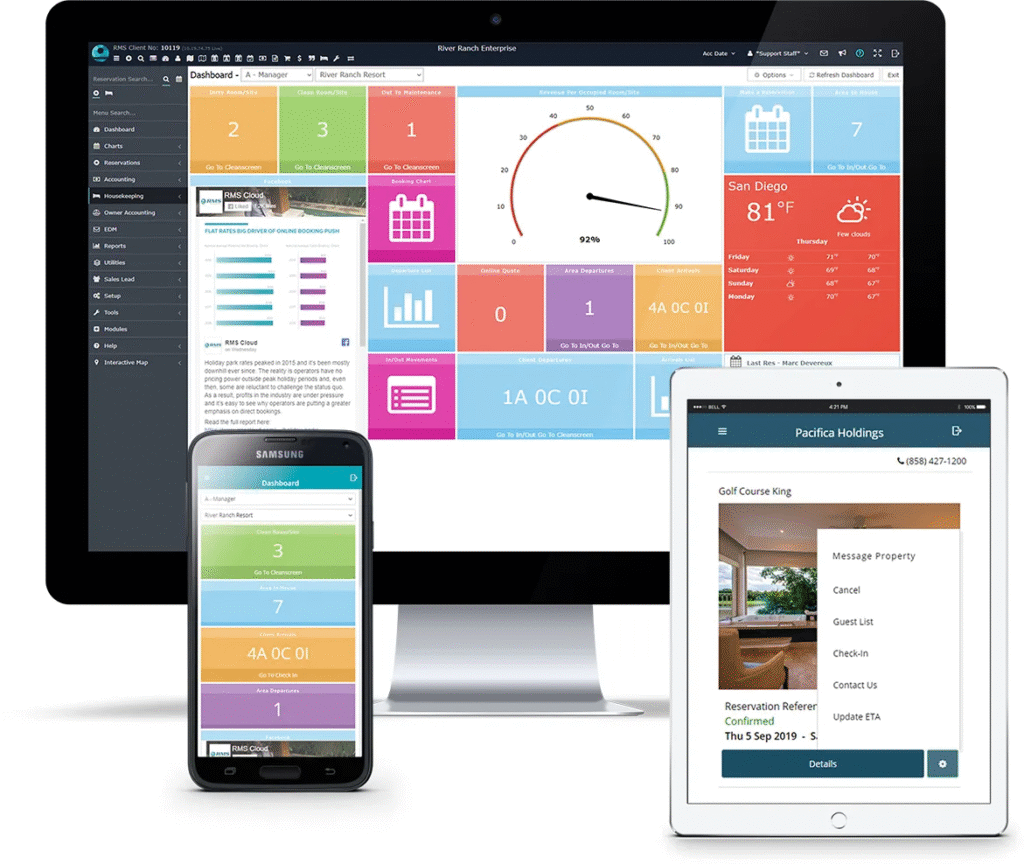
Data-driven decisions are at the heart of every successful business strategy. Attendance is one of the most underutilized but potent sources of information that the Human Resource (HR) departments can utilize. It is by no means a mundane administrative process, but proper attendance monitoring can serve as a source of useful information, the basis of payrolls, outputs, and productivity levels, employee engagement, and planning of the workforce. We will learn why the attendance tracker has become so crucial recently.
Understanding the True Value of Attendance Tracking
Proper monitoring of attendance should not just be a matter of who obeys the rules. It exposes directions, highlights areas of operational inefficiency, and empowers HR to behave strategically. With real-time data on attendance being recorded and analyzed successfully, the HR teams can make their decisions well-informed, and these decisions affect anything that ranges from compliance and cost management to team spirit and manpower planning. It is a way of turning what once was clerical work, but has become an effective means of promoting organizational success.
The Foundation of Workforce Management
At the most fundamental level, HR is there to manage a company’s most important asset, its people. It gives an understanding of workforce behavior to know when the employees are working, absent, or late. Without this data, HR teams are operating in the dark, guessing and making assumptions that ultimately result in inconsistent policies and practices as well as unfair treatment.
An accurate attendance tracker provides:
A real-time picture of employee availability
A clear record of hours worked
Accountability for both employees and managers
Streamlining Payroll and Compliance
One of the two greatest grievances that employees can have against HR is payroll mistakes. Improperly tracking attendance may result in both underpayments and overpayments or failure to pay overtime, all of which pose dissatisfaction, compliance threats, and legal problems.
With accurate attendance data, HR can:
Ensure employees are paid for the actual hours worked.
Automatically calculate overtime, holidays, and leave balances.
Stay compliant with labor laws and local regulations.
Identifying Absenteeism Trends
Absenteeism not only implies people are absent at work, but it is an indication of the fact that something is wrong taking place. Regardless of whether it is burnout, disengagement, personal issues, or staff interrelationships, recurring absenteeism may become detrimental to the morale and productivity until it is addressed.
By analyzing attendance data, HR teams can:
Detect patterns in unplanned absences.
Identify departments or individuals with high absentee rates.
Intervene with coaching, wellness programs, or shift adjustments.
Improving Workforce Productivity
The presence of strong team members is based on regular attendance and timeliness. In the absence of appropriate information, it is hard to tell who is performing well and who is lagging. The information aids the HR in reviewing performance by determining the whole quantity.
Accurate attendance data helps to:
Align work schedules with employee availability.
Assess team productivity more effectively.
Recognize top performers or those needing support.
Enhancing Employee Accountability
Honesty in monitoring attendance can promote accountability. Employees will also be in a better position to attend as well as remain active when they realize they are being watched and that their presence matters.
Accurate data creates:
A fair, consistent record for performance evaluations
Fewer disputes regarding working hours
A culture of trust and transparency
Supporting Remote and Hybrid Work Models
Most companies tend to implement a remote or hybrid work system in the post-pandemic era. This type of flexible environment creates new challenges in managing attendance in that setting; however, it also creates new opportunities.
With digital time-tracking tools, HR can:
Monitor attendance regardless of location.
Track time spent on projects or tasks
Analyze productivity across remote teams.
Enabling Better Leave Management
Leave regulations are meant to aid the well-being of employees. However, when not well-informed, they may create confusion and a feeling of resentment. Manual leave tracking may lead to errors of calculation, a lack of understanding, and unintended preferences.
By maintaining accurate attendance and leave records, HR can:
Automate leave accruals and approvals.
Ensure transparency in leave balances and entitlements.
Prevent misuse or overuse of leave policies.
Making Strategic HR Decisions
Smooth flow in a team is based on regular attendance and promptness. It is hard to tell who is making their contribution and approaching being behind without using real information. Information aids the HR in assessing performance in totality.
Accurate attendance data helps to:
Align work schedules with employee availability.
Assess team productivity more effectively.
Recognize top performers or those needing support.
Enhancing Employee Accountability
The honesty of the attendance monitoring may invigorate the atmosphere of accountability. By ensuring that they monitor and appreciate the attendance of their employees, they will be in a position to ensure that their employees prefer to attend their workstations on time and get to remain active.
Accurate data creates:
A fair, consistent record for performance evaluations
Fewer disputes regarding working hours
A culture of trust and transparency
Supporting Remote and Hybrid Work Models
During the post-pandemic period, hybrid or remote work has been adopted by numerous enterprises. Attendance in these flexible environments becomes a challenge of new proportions; however, it also offers new opportunities.
With digital time-tracking tools, HR can:
Monitor attendance regardless of location.
Track time spent on projects or tasks
Analyze productivity across remote teams.
Enabling Better Leave Management
Leave policies should represent the means to secure the well-being of the employees, and without adequate data, they might be a very confusing and frustrating experience. Manual leave tracking may lead to mistakes in calculations, confusion, and inadvertent prejudgments.
By maintaining accurate attendance and leave records, HR can:
Automate leave accruals and approvals.
Ensure transparency in leave balances and entitlements.
Prevent misuse or overuse of leave policies.
Making Strategic HR Decisions
More and more are demanding that HR professionals provide input into the long-term business strategy, which means the data has to be reliable. Workforce attendance indicators provide profound knowledge on employee engagement, human resource gaps, and planning.
For instance, HR can use attendance data to:
Forecast future hiring needs.
Reallocate resources based on availability trends.
Support decisions about outsourcing, scheduling, or restructuring
Choosing the Right Tools for Attendance Tracking
Paper sign-ins or the use of spreadsheets are manual systems that are very outdated and inaccurate. Investments in an electronic time and attendance system would help a lot.
When selecting a system, HR should look for:
Integration with payroll and HRIS software
Biometric or app-based check-in options
Real-time tracking and automated reporting
Scalability for growing teams
Conclusion
Attendance is more than clocking in or out; it is the body of knowledge in HR management. An attendance tracker helps HR be better, fairer, and more efficient as it helps to provide all employees with proper compensation; it also helps to boost employee morale and develop future courses of action.
The Cloud-in-Hand Solution Platform is a well-known name in the industry, recognized for providing real-time headcount audits during emergencies and critical situations. For more details, visit its official website.






